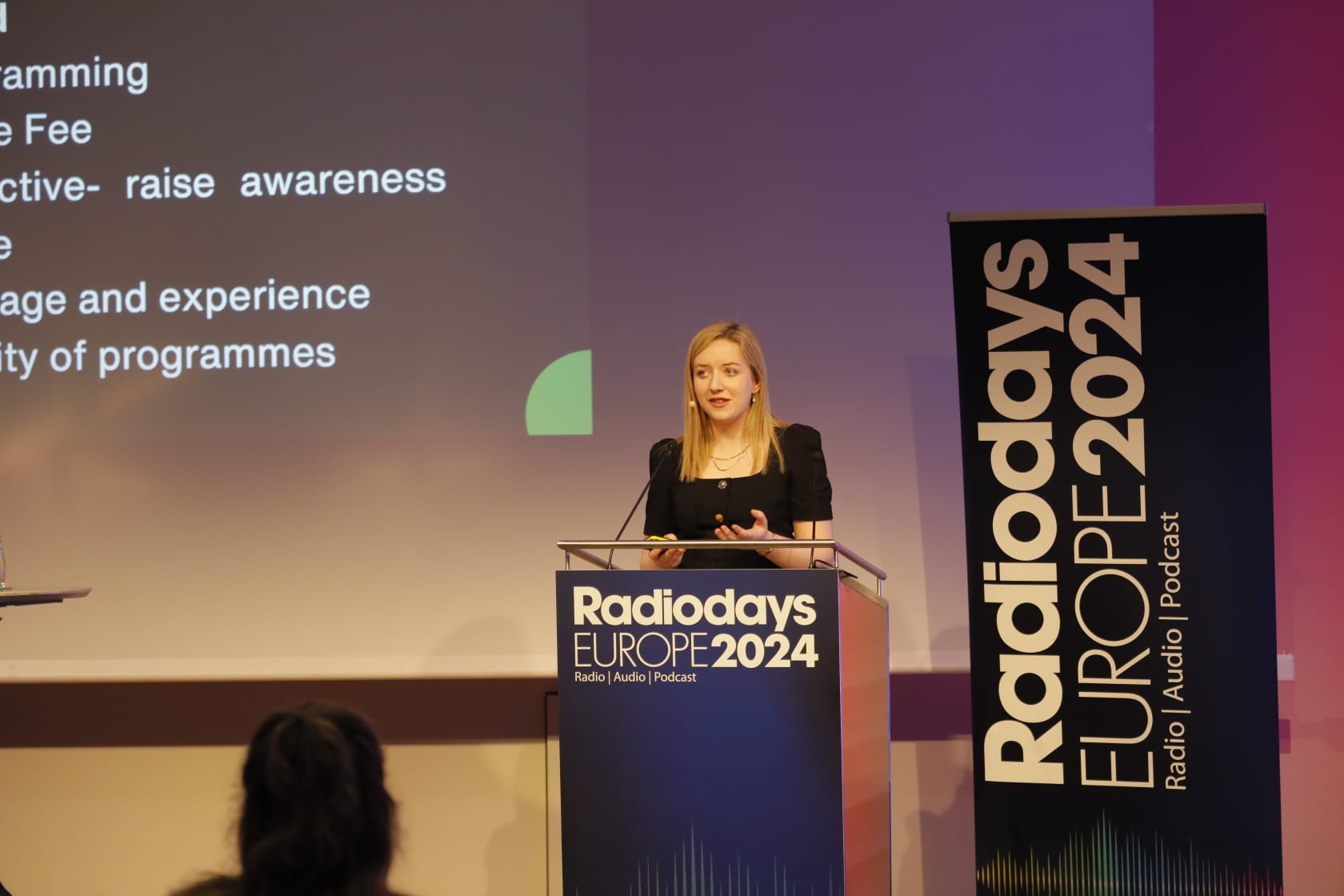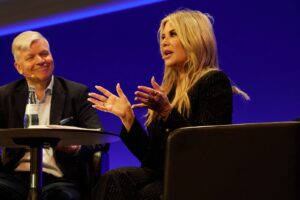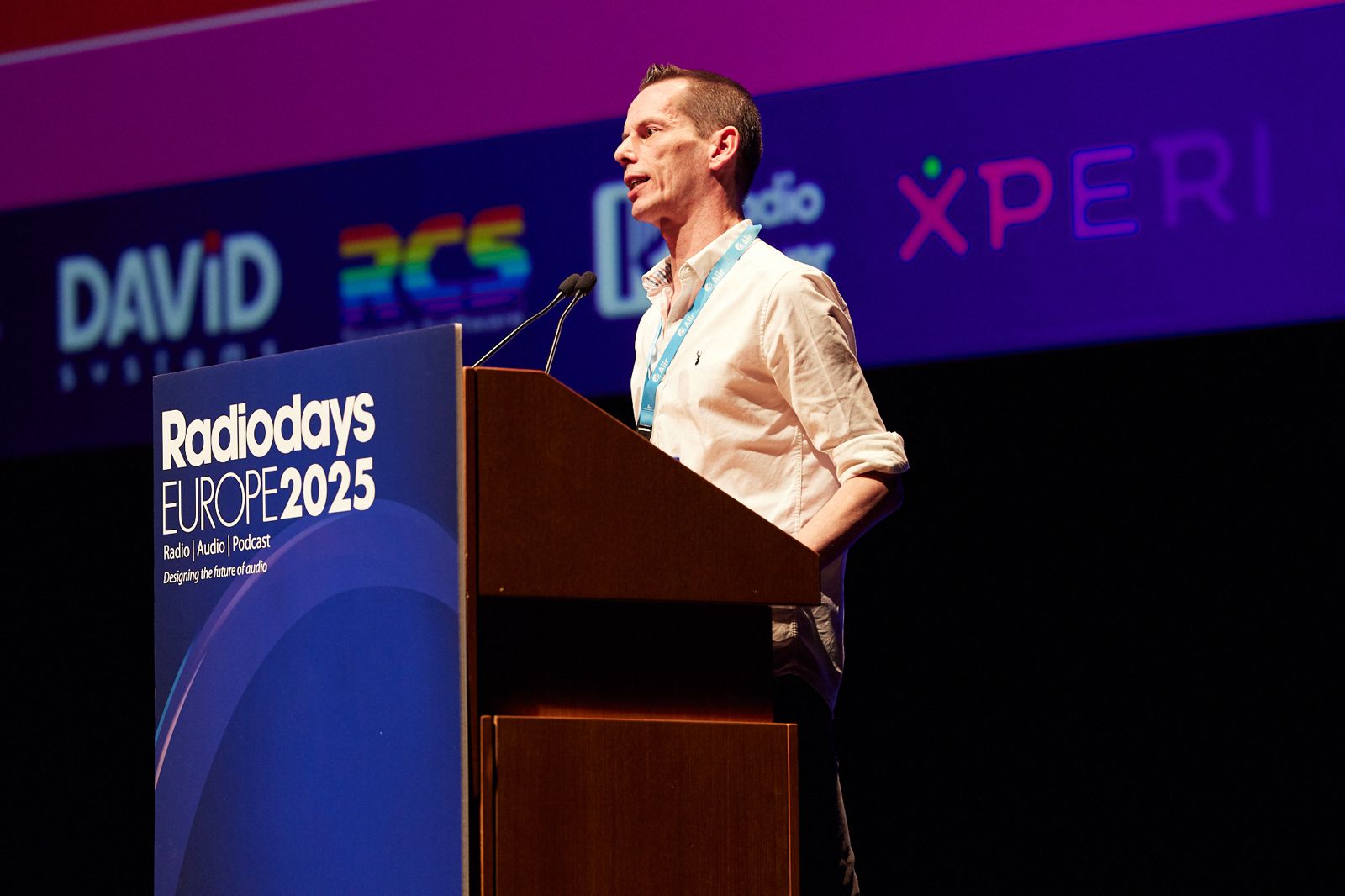
Climate, sound and the power of storytelling
We get straight into it with Aislinn Kelly from Live 95. She participates in the project “Ours to Protect”, which aims to create a network of cooperation between a myriad of different radio stations across Ireland. A staggering 81% of Irish adults listen to the radio every day and more than half listen to their local station daily. With numbers that high, it is no surprise that radio can have a massive effect on the public. “Ours to Protect”’s programme is highly varied: Pre-produced audio fits in snuggly right next to out-of-studio reports, fact sheets and encouraging listeners to use a carbon footprint calculator.
But there’s more. “It wouldn’t be 2024 without mentioning the importance of social media”, Kelley delivers with emphasis. It’s not just posts on Social Media, though, as the project even concluded a survey on radio consumption recently. “We’re currently on week 39 and it’s looking incredibly positive!” Not yet a conclusion, but a positive takeaway nonetheless.
Next up is Kara Oehler from the Institute for Climate Sound & Society, previously seen at today’s opening ceremony. Climate research and protection still barely employ audio cues, which is what Oehler aims to push the usage of those into the limelight. Clip by clip she shows the audience the stories sound can tell. Have you heard of the Covid Tracking Project? It has been collecting some of the most complete Covid-19 data for the last couple years and demonstrates the raw usefulness storytelling can bring to the field of research.
Particularly when monitoring biodiversity, sound can prove a priceless tool. This is precisely why Oehler is incubating the aforementioned institute. It sits at the crossroads of science, art, journalism and storytelling. Radio is a part of this development and even Oehler can’t help but ponder: “I wonder what interesting reporting we could do, if we used that climate sound.”




